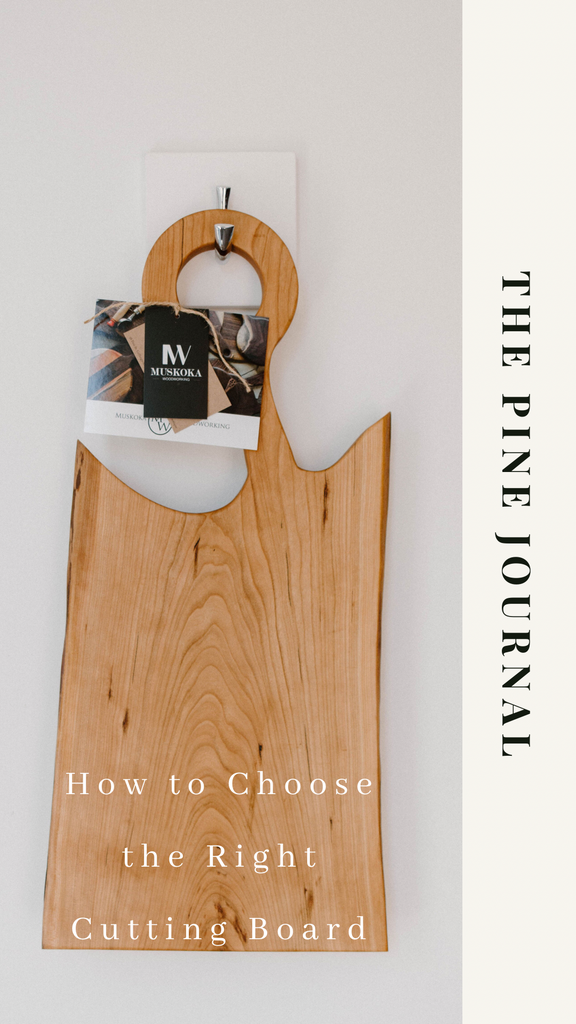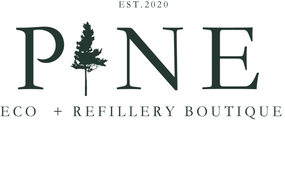How to Choose the Right Cutting Board

Butcher blocks, aka cutting boards, have been used for centuries. The concept was to have a sturdy base on which to butcher meat, hence, the "butcher block".
In the past, just about anything could pass for a block, be it a tree stump, log round or even a flat rock. Today, butcher blocks are described as anything from a round 5" wood board to a stand alone table to a 20 square foot kitchen island. No wonder there's some confusion as to the technical definition of a butcher block, because the reality is that the definition is in the eye of the beholder.
If you’ve invested in a top of the range knife set, you will want to make sure they keep their quality for as long as possible. One way of ensuring your knives keep their amazing sharpness is with the right cutting board. If you’re not using an appropriate cutting board, then your knives can dull quite quickly. Two types of cutting boards that are most frequently recommended to keep your knives in pristine condition are end grain and edge grain cutting boards. The following information will help you pick out the right one for you!
Edge grain butcher blocks are made with the "edge grain" of wood. This means that edge pieces of wood are fused together. Edge grain cutting boards are recognized for their durability and lower price, but they tend to dull your knives faster than end grain cutting boards. Over the long term, edge grain cutting boards will have cut marks, damaging the aesthetics of the board. Regular cleaning and oil will help your board to last longer.
The best butcher blocks are made with end grain as opposed to edge grain. End grain means that the end of the wood fibers are exposed, whereas edge grain means that the grain is running along the outside. End grain is the best choice for your knife’s edge because with end grain, you are cutting between the wood fibers, not through them. End grain is resistant to cuts and scarring and is even self-healing over time, as the density of the fibers will push back into place. This is why there are even some softwoods that are used for making butcher blocks, as the benefit of end grain surpasses the benefits of using a hardwood with edge grain. While end grain boards are a bit more expensive, it is better for your knives.
Thanks to Paige, she did her research and is determined Pine is always stocked with a good variety of cutting boards. Muskoka Woodworking is one of her favorite Canadian companies who make high end butcher blocks.
Muskoka Woodworking handcraft edge and end grain butcher blocks from locally salvaged lumber, specifically maple, cherry and walnut. Just as no two trees are the same, no two butcher block boards are the same. There are variations in the grain pattern, the color of the wood and the tone of the board. With proper care these end grain boards can last a lifetime. Rubber feet keep the board slightly elevated, which helps maintain the integrity of the underside of the board. Either option will create a beautiful, warm, natural, durable and sustainable gathering place and food prep area in your kitchen.

Leave a comment